News
-

2025-04-14
Deepening China-Spain Comprehensive Strategic Partnership, Supporting Spain’s Power Infrastructure – Our High-Quality Electrical Fittings Exported to SpainThis year marks the 20th anniversary of the China-Spain Comprehensive Strategic Partnership. Against the backdrop of Spanish Prime Minister Sánchez’s successful visit to China in April, which has injected new momentum into bilateral economic and trade cooperation, our company is actively responding to the Belt and Road Initiative by exporting premium electrical fittings to Spain, providing reliable support for local power grid construction. -

2025-04-07
A Race Against TimeWith the landing of a new round of tariff policies, the global supply chain is setting off a "race against time" emergency shipment tide. We are no exception, rushing to ship two cabinets before the Qingming holiday. -

2025-03-28
High-standard inspection highlights the strength of Jiangsu Soho Power Technology manufacturingRecently, a delegation of senior officials from the power authority of a certain Middle Eastern country visited our company. They conducted a comprehensive inspection of the factory's production workshop, technology research and development center, and quality management system, and particularly inspected the 132KV transmission line hardware that is about to be delivered. This visit marks a new stage in the cooperation between the two sides in the field of power energy and lays a solid foundation for the subsequent long-term strategic cooperation. -

2024-12-30
Round table Discussion: Jointly Drawing the Blueprint for Energy CooperationIn Dec of 2024, we welcome two batches of customers from the Central Asian visited Jiangsu Soho Power Technology for inspection and verification, deepening international cooperation to jointly promote the high-quality development of power equipment. -
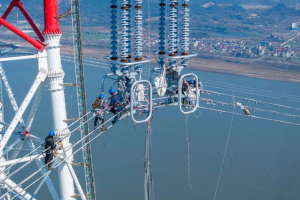
2024-01-02
International Collaboration in EHV Electrical Fittings Industry: Building Safe and Reliable International Energy Networks Across Vast DistancesAs a pivotal component enabling extensive energy transmission, standardization in the extra-high voltage (EHV) electrical fittings industry is crucial for ensuring the safety and reliability of global energy networks. Recently, manufacturers and industry associations of EHV electrical fittings from various countries have engaged in close collaboration to establish global standards for EHV electrical fittings. -

2024-01-02
EHV Electrical Fittings Industry Scaling New Heights:Innovative Technologies Powering Long-Distance Energy TransmissionWith the growing demand for energy and the need for cross-regional power transmission, the extra-high voltage (EHV) electrical fittings industry is undergoing a technological revolution...... -
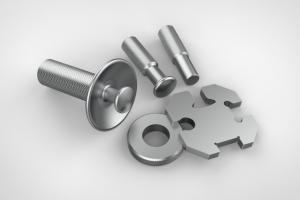
-
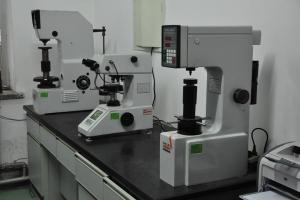
-
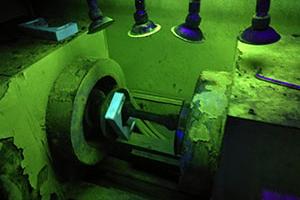
-
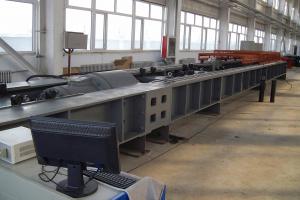








 +86-25-58065309
+86-25-58065309
 www.sohogroup.cn
www.sohogroup.cn Daqiao Industry Park, Yangzhou City,
Daqiao Industry Park, Yangzhou City,